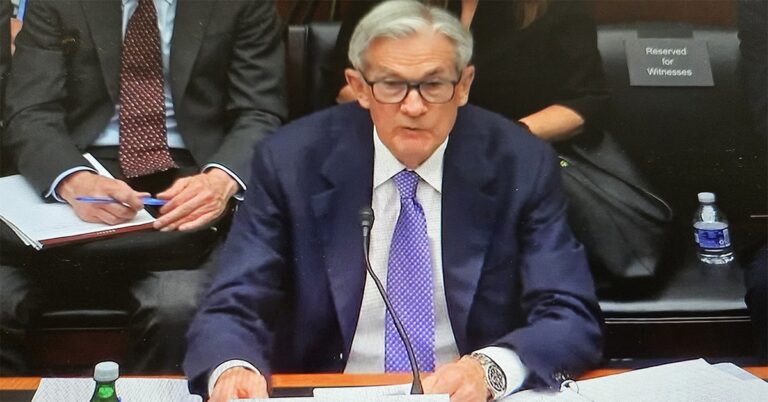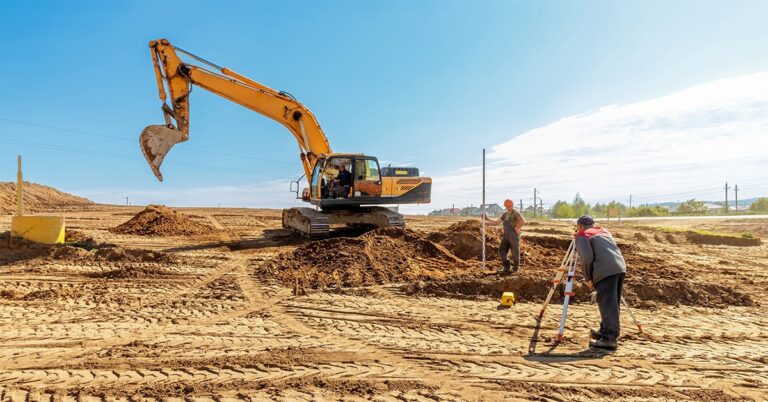Nationwide housing starts fell 9.4% from August to September, ending last month on a seasonally adjusted annual pace of 1.256 million units.
That’s according to the newest data from the U.S. Department of Housing and Urban Development (HUD) and the U.S. Department of Commerce, which also upwardly revised the annual rate of new starts in August to 1.386 million.
In one sense, the decline isn’t particularly surprising, as new-home construction hit a post-recession high in August. And although single-family starts held steady, increasing 0.3% month over month to a seasonally adjusted annual rate of 918,000 units, much of the overall drop in new housing was due to a drastic pullback in multifamily construction. After a stout August pace of 471,000 units, multifamily starts fell 28.2% month over month to 338,000.
Robert Dietz, chief economist for the National Association of Home Builders (NAHB), called the level of multifamily starts in August “unsustainably high” and, despite the big decline, said that the sector remains “running at a solid pace.”
“Meanwhile, the rebound for single-family construction continues,” he said. “Single-family permits have increased since April and single-family starts have posted gains since May. In another positive development, September marked the first monthly increase for the number of single-family homes currently under construction since January.”
Additionally, despite the month-over-month decrease, overall housing starts grew year over year, with last month’s pace running 1.6% higher than the September 2018 rate of 1.236 million. Permitting also is on the upswing on an annual basis, said Mark Fleming, chief economist for First American Financial Corp.
“While the increase in housing starts in September is only modestly higher than a year ago, today’s good news that building permits are up (year over year) in September by almost 8% is a hopeful sign that more housing is on the way,” Fleming said. “In a market with so much demand for shelter, if you build it, they will buy it.”
The positive single-family environment has many builders reporting good conditions for housing, said Greg Ugalde, NAHB chairman. Ugalde noted, however, that the construction industry’s own labor and supply shortages continue to hinder the delivery of new units.
“Builders are still being somewhat cautious as they continue to deal with supply-side challenges, which impact housing affordability,” Ugalde said.
Those limitations may be easing somewhat thanks to increased hiring over the past 12 months, Fleming said.
“Residential construction jobs increased 4.1% between September 2018 and September 2019,” he explained. “More people at work in residential construction signals that housing construction is likely to increase in the months ahead … even in the face of cost challenges.”






